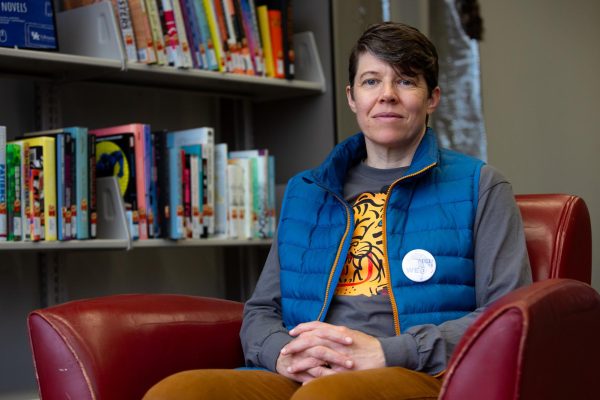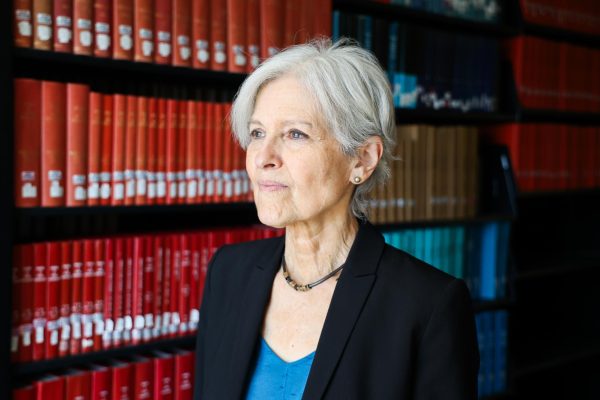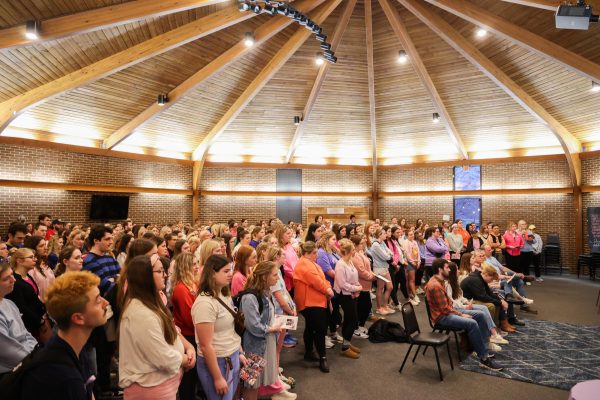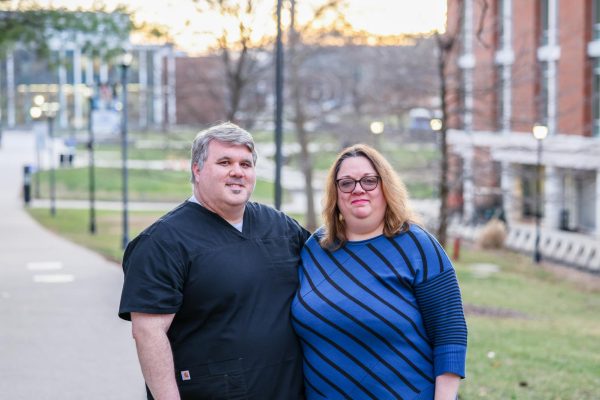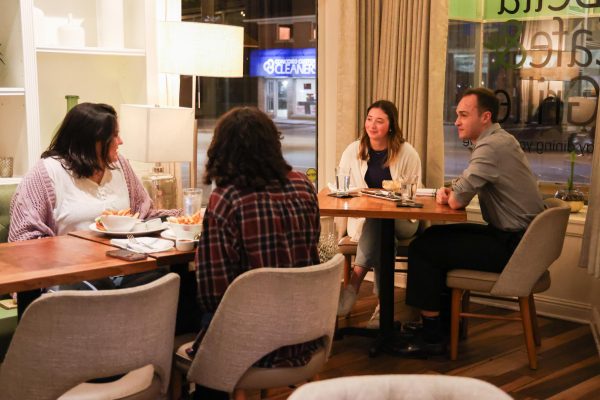Homeless shelter prepares for approaching winter
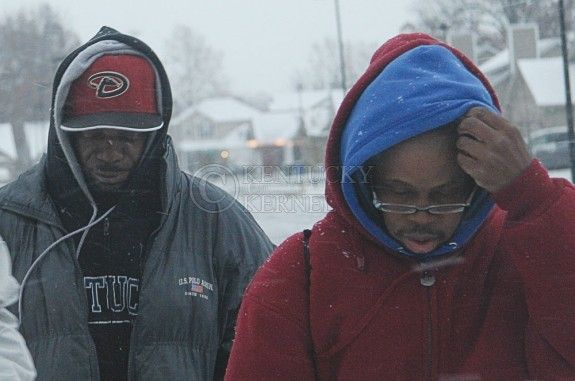
Homelessness
January 14, 2016
In the dropping temperatures of early January, a homeless man died behind Wildcat Wearhouse.
As winter weather worsens, Lexington’s 1,267 homeless are at increased risk of disease and injury. Buildings that provide shelter alternately act as wind tunnels and drive down the temperature. Local aid centers, like the HOPE Center, are preparing for the influx of client needs.
Carrie Thayer, director of development at the HOPE Center, said there are overflow shelters for when the organization’s 800 beds are full. The center prepares with extra supplies and partners with local churches to make sure no one is turned away.
“We definitely see a rise during the colder months,” Thayer said. “In talking to the clients, they’re obviously feeling very alone – alone and cold, and scared for their safety.”
Thayer suggested giving something tangible, like a gift card, food, blanket or clothing item. She said some of the men said that bus passes, blankets and gloves have been their favorite donations.
“You want to make sure they use the money wisely,” Thayer said. “While you can’t guarantee that, it is a little easier with something tangible.”
William, a resident at the HOPE Center and originally from Nicholasville, has been homeless since 2001.
“As soon as I got here, the first couple of days were rough. I didn’t have a clue what I was doing, and I guess what really started me on my way was that I had a friend,” William said.
William works at the HOPE Center and is active in his church. Last summer, he returned to the streets as part of a street ministry program.
“I’m going to say something that’s sort of profound,” William said. “The homeless are not homeless because they want to be, it’s because of their circumstances that they are homeless.”
Closer to campus, students may notice many homeless people gathering at the McDonald’s on South Limestone.
LaRhonda Golden, an assistant manager at McDonald’s, said the number of homeless people isn’t necessarily connected to UK’s campus. Instead she said the location’s proximity to downtown, as well as resource centers, makes it an ideal place to gather.
“A lot of the reasons why homeless people come down here is because it’s easier to panhandle, it’s closer to where they get the help that they need as far as like the churches and stuff like that,” she said.
Golden is clear to point out that other local restaurants won’t allow the homeless inside. Those who visit the McDonald’s on South Limestone still have to purchase something.
Other popular places are the library, and Triangle Park, but Golden said that as the weather gets colder, more will go to McDonald’s.
Golden has worked with McDonald’s for nine years. She said all McDonald’s have an issue with homeless people, but this location is the worst she has experienced.
UK doesn’t have a policy on having homeless people on campus. UK spokeswoman Gail Hairston said there was an isolated case in the past where a student felt threatened, but UKPD and ResLife were notified.
There has only been one reported instance of student homelessness, where a student left their residence hall after financial hardship. The student was referred to Student Affairs by UK ResLife and was able to get a part time job and a place to live.
If a student is struggling with homelessness they can reach out to the the VIP Center, counseling opportunities, the Community of Concern and the Dean of Students.
Editor’s note: For privacy reasons, the HOPE Center asked that William’s last name not be released.













































































































































